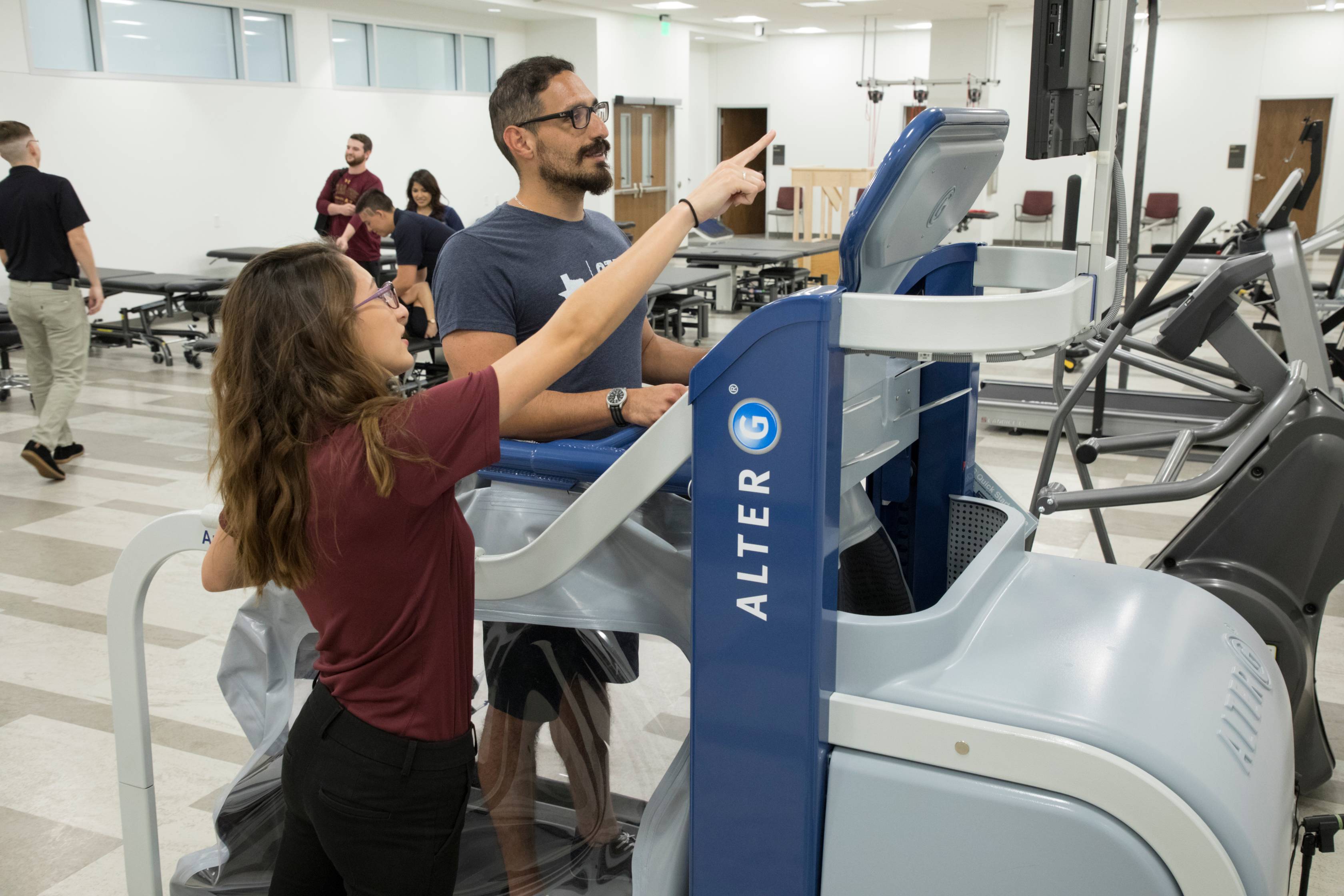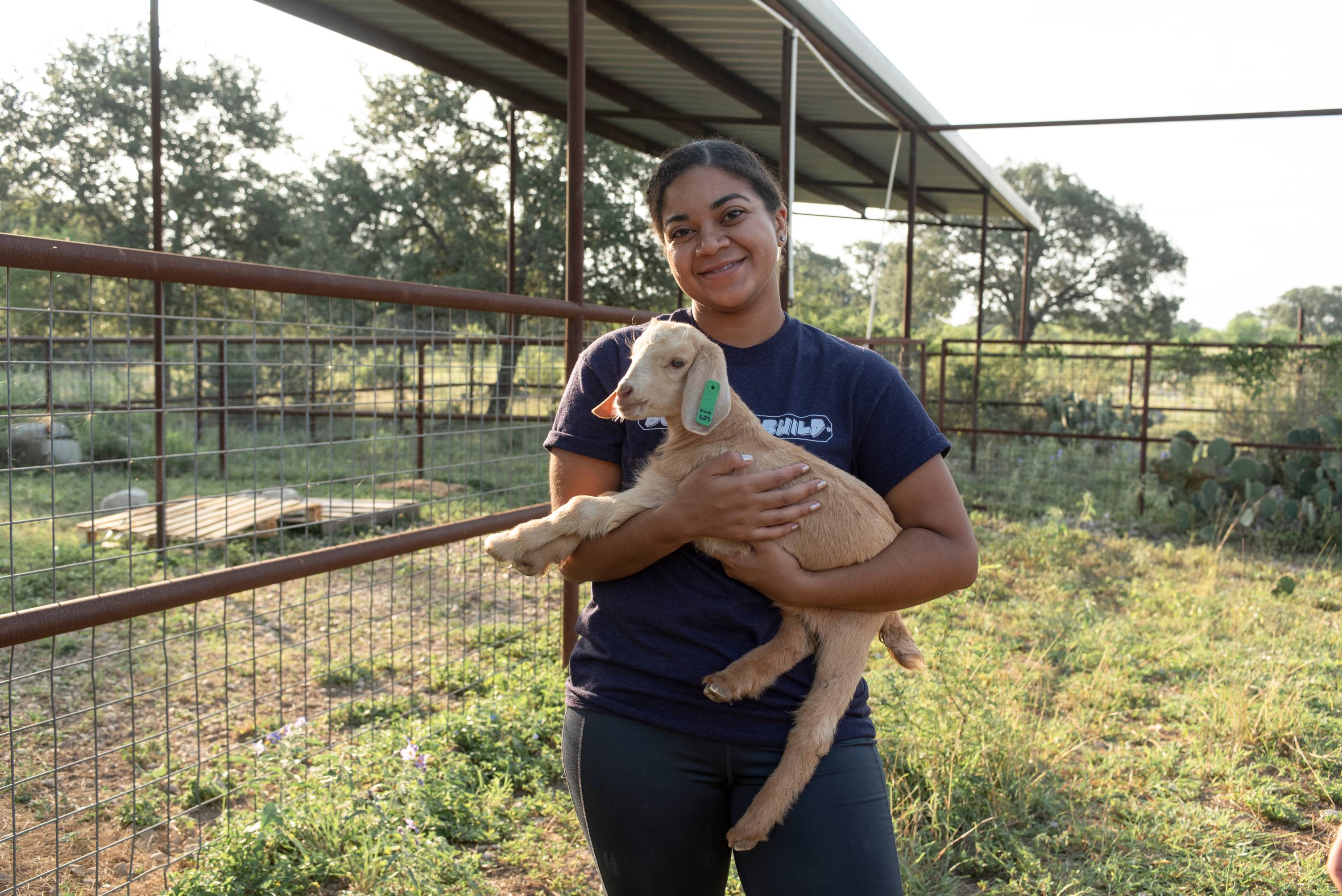Experiential Major Maps are powerful tools for undergraduate students to plan and track a well-rounded college experience that integrates academic learning with hands-on, real-world engagement. Here are several ways students can use major maps to ensure a diverse and meaningful four-year journey.

Understand the categories of experiential learning
Major maps include these and other categories:
- Internships & Co-ops
- Research & Creative Projects
- Service Learning & Community Engagement
- Global & Cultural Learning
- Leadership & Campus Involvement

Meet with advisors regularly
- Advisors can help identify opportunities you might not know about.
- They can also help align your experiences with career or grad school goals.

Example 4-Year Plan
Year 1 Explore campus events/clubs/interests
Year 2 Engage - Participate in research or service-learning
Year 3 Deepen - Take internships or study abroad
Year 4 Integrate - Complete capstone and reflect

Revisit the map regularly
- Update your map with completed experiences.
- Reflect on what each experience taught you.
- Identify gaps (e.g., no global learning yet?) and plan accordingly.

Translate experiences into skills for the future
- Resume bullet points
- Talking points for interviews
- Content for a digital portfolio or LinkedIn profile
